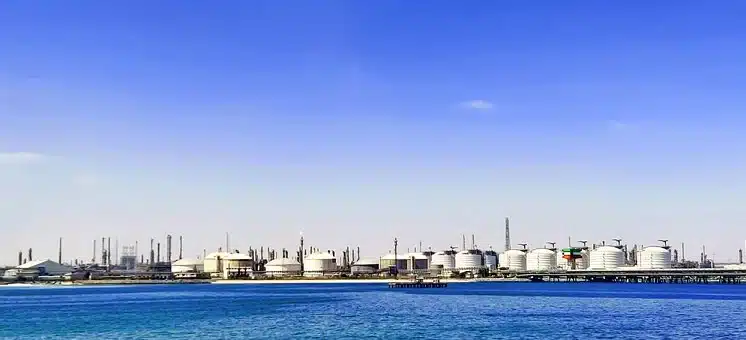
Surging Oil Prices as Economy Recovers From COVID
On Monday morning, oil prices reached an all time high amid the global economy’s recovery from the COVID pandemic. This high is supported by the increasing demand and high price for natural gas and coal which have moved consumers to fuel oil and diesel to generate power.
The future of Brent oil went up 59 cents, that is a 0.7% rise, moving it up to $85.45 per barrel. This price was as at 0900 GMT. This rise occurred after Brent crude oil hit its highest level, $86.04 in October 2018. The United States West Texas intermediate crude futures rose by 90 cents which is approximately 1.1% to reach $83.18 per barrel. Both Brent oil and the WTI crude rose by at least 3% last week.
More on Crude Rally
According to the analysts at ANZ Bank, the easing of COVID restrictions around the world has helped in the recovery of fuel consumption. They noted that the switching from gas to oil to help in generating power could help in improving the oil demand by about 450,000 barrels per day in the fourth quarter.
The low temperature which the northern hemisphere has been experiencing is predicted to worsen the oil supply deficit. This was expressed by Edward Moya, a Senior Analyst at Oanda. According to Edward, the oil market deficit appears to be set to get worse as the energy crunch will heighten following the increase of the cold temperature in the north. He added that as coal, natural gas and electricity shortage lead to an increase in demand for crude, it seems that this demand won’t be followed by an equivalent increase in supply of extra barrels from the U.S or OPEC+
Increased Output: A Necessity
Fumio Kishida, Prime Minister of Japan, expressed on Monday that Japan would encourage producers of oil to work to increase the oil output and take necessary steps to reduce the effect of the increasing energy cost on the Industry. The Chinese data revealed that the third quarter economic growth saw a decline as it fell to its lowest level in a year. This is the effect of the power shortages, supply issues and the increasing COVID outbreaks.
In September, China’s crude processing rate fell to its lowest level since May 2020. This came as a result of the shortage in feedstock and environmental inspections which made operations at the refineries impossible as well as as the tightened crude import quotas independent refiners were dealt.




